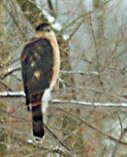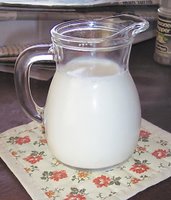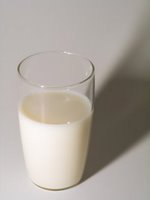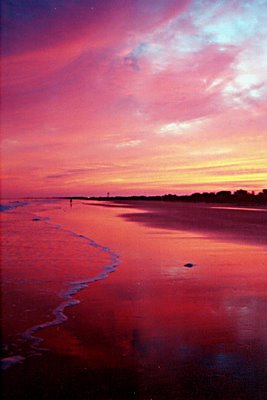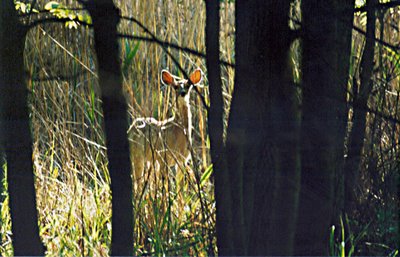Hodgepodge
A little Monday morning randomness
Sweetest thing e5 said this weekend:
"When Amelia learns to talk, I'm gonna jump up and down!"
And the next day, the sweetness was cancelled out by this:
"When Amelia can talk, I can tell her to get me something to eat and something to drink!"
Web site that for some reason makes me laugh until my eyes are watering every single time I read it:
Weight Watchers, circa 1974
Pick a card, any card, and click on it...
New favorite time-management method:
The Pickle Jar Theory
Current favorite gardening book:
Four Season Harvest by Eliot Coleman
Most amusing and confusing parental moment:
My daughter's favorite way to communicate is to grab your finger, lead you to what she wants, and put your hand on it. At one point yesterday, she grabbed my finger, led me through the kitchen and into the library, did an about-face and continued walking (leaving me lurching to turn around), led me back through the kitchen into the living room, and then dropped my finger and wandered off to play. I guess indecisiveness is genetic.
Proudest parental moment:
E5 didn't cry or complain when they wouldn't let him ride on the "big" kiddie coaster at King's Island, despite waiting all the way through the line. (He was like three millimeters too short.) Everyone on the coaster booed when they turned us away. He rode every ride they'd let him. Thanks to my employer for the free tickets...
Lamest thing at Paramount's King's Island:
Paramount has turned the entire theme park into a tribute to marketing.
 All the rides in the children's area were themed after Nickelodeon TV shows (including the Nick-O-Round). The bigger rides had televisions along the way, showing clips from Paramount movies, ads for Paramount TV shows, Paramount music videos... And if that weren't atrocious enough, the TV screens had advertisements hanging under them. So basically, the ads had ads. (Thankfully, Cedar Fair has agreed to purchase King's Island. They know how to run an amusement park!)
All the rides in the children's area were themed after Nickelodeon TV shows (including the Nick-O-Round). The bigger rides had televisions along the way, showing clips from Paramount movies, ads for Paramount TV shows, Paramount music videos... And if that weren't atrocious enough, the TV screens had advertisements hanging under them. So basically, the ads had ads. (Thankfully, Cedar Fair has agreed to purchase King's Island. They know how to run an amusement park!)Most pathetic thing you'll find on our homestead:
Our "nice" car has a busted tail light, a side mirror held on with duct tape, and a bumper held on with duct tape. We still owe money on this car. Geniuses we are not.
Dumbest thing I've done in the past 24 hours:
I unthinkingly drank three large glasses of Mountain Dew when we went out to dinner last night. I don't drink much caffiene, so that kept me going well into the night. Curse you, free refills! (See how I shifted the blame? See that?)
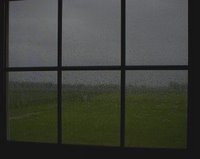 Strangest thing happening right now:
Strangest thing happening right now:The sun theoretically came up several hours ago, but the sky is so dark and foggy and gloomy that cars are still using their headlights. Lightening is flickering and thunder is rumbling in the distance. Surprisingly (until I think it through), the brief power outage we just experienced didn't affect my computer or internet connection. (I'm on dial-up, on a battery-powered laptop. The monitor went off, but when the power came back up, everything was just as I had left it.)
Site that makes me feel like maybe I'm not totally insane:
Peak Oil Blues
Most life-changing web site:
Zombo.com
(It's been like that for years and years. I don't know why.)
Thing I really wish I could be doing right now:
Sleeping
Thing I really should be doing right now:
Working
Thing I am doing right now:
Procrastinating.
Aren't you glad you're here to witness it?


